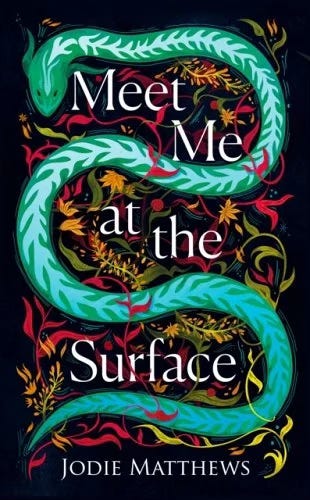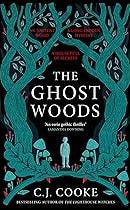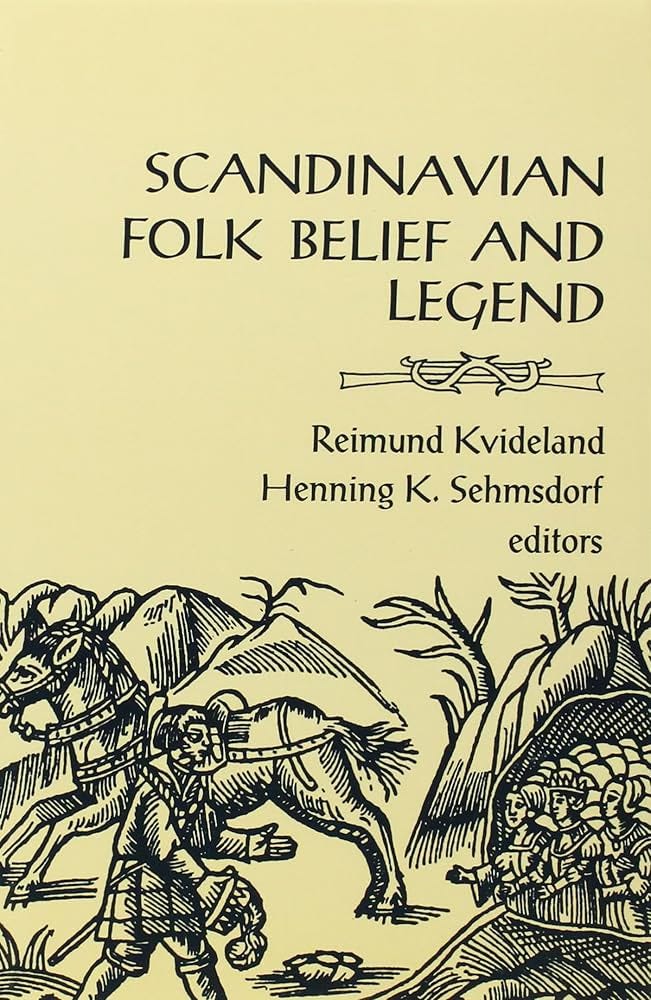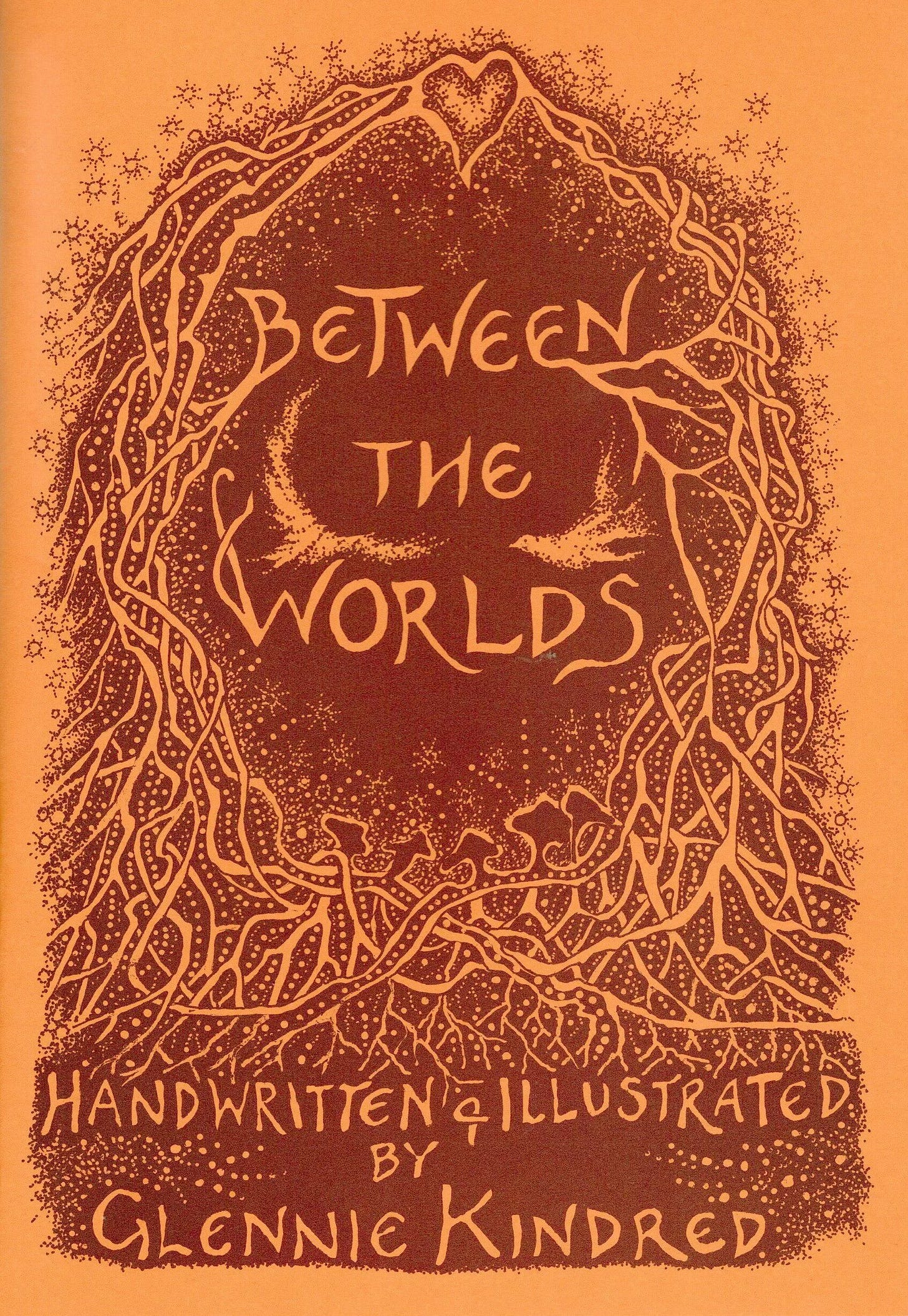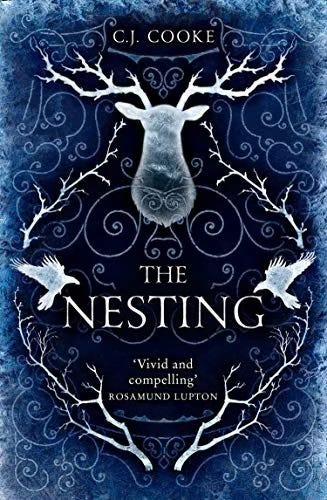Welcome to January’s, Storyteller’s Library. I’ve had plenty of reading time this month to this month’s books include the following folkloric wonders and novels based on history and folklore:
Meet Me At The Surface - Jodie Matthews
The Ghost Woods - C J Cooke
Scandinavian Folk Beliefs - by Reimund Kvideland & Henning K Sehmsdorf
Between The Worlds - by Glennie Kindred
Holes - Louis Sachar
The Nesting - C J Cooke
Meet Me At The Surface by Jodie Matthews
This beautifully written novel, akin to the writing of Zoe Gilbert, is a debut from Jodie Matthews and walks the liminal space between life and lore. Cornwall is a land steeped in folklore and Matthews clearly knows it well having grown up there.
The book tells the story of two girls who never quite fit in, within their tight knit Cornish community despite them being born into it. Whispered conversations, memories, journals and the drolls of storytellers all fit together to tell the story of Merryn and Claud. I won’t spoil the story by dicussing different elements in this reveiw but suffice to say that when you get to the end of the story all the pieces fall into place in a very clever and well thought out exploration of our inability to fight who we truly are.
There is so much symbolism within this story, folklore, land connection and echoes of what these two girls/women are, their on going struggles to not only be accepted by others but to accept themselves. The voices within the book are predominantly female and tell an intergenerational story that goes far beyond the family in the book. The men are there though to balance and steady at various points along the way. In this way it is the men’s job to observe and support within the story and things start to go wrong when they try to ignore the lore the women hold or leave.
In the story The Pedri are mentioned, a piece of folklore that I assume has been created for this book by Matthews, however it is very possible that this folklore has or does exist as folklore is not always a permenant of tangiable thing. It’s a perfect example of evolving folklore and how we are always creating this lore, wherever we go, as a way of attempting to control and understand that which we cannot. It also implies that if we name something we give it power, not a new concept but one that is explored in a subversive and powerful way within this narrative.
This is also a book with a very strong environmental message reminding us that if we enter a pact with the land that we do not fully understand the land will remember and at some point reclaim what has been given. The lore comes from the land not from us and so it is the land that makes the rules.
I would go so far as to say that this book is an absolute triumph tying up just enough loose ends at the end to leave you satisfied, but just a few questions unaswered to leave you pondering the book for quite some time afterwards. I would highly recommend this book to all lovers of dark nature folklore, a love of the land and women’s voices and if you read it, you’ll never look at eels the same way again.
The Ghost Wood by C J Cooke
This one’s a bit of a page turner and I read it over around two days during the holiday season. I read The Lighthouse Witches and enjoyed it but I have to say I enjoyed this one much more.
It starts by telling the stories of two Scottish women, six years apart. We begin with a ‘Now’ ‘Then’ section titles, dates and the names of the two women. Mabel for Then, Pearl for Now. Their stories eventually converge and we see how their fates are inextricably entwined.
Cooke uses the folklore of the Nicnevin as the main thread for this tale, portrayed as a dark fairy queen who holds the magic of the underworld, similar to that of Hecate. She then weaves in mycology the wonders of mycelium and the terrifying cordyceps mushroom that is famed for making zombies out of ants. This makes for a perfect gothic thriller which will leave you wondering where the realm of fiction ends and reality begins.
As a heads up, this one has the theme of babies born out of wedlock, during the 1950s/60s and the cruelty that went on in some mother and baby homes where many were forced to have their children adopted as bringing them up as single mothers was not an option. As such there is a fair amount of incidents of abuse in varying forms and whilst this is handled very well and always relevant to the storyline, may be upsetting for some, for understandable reasons.
In short, this is a banging read and I would definitely seek out more of C J Cooke’s work. In fact Cooke says that this is the third in three books that contain the theme of witchcraft, ‘The Nesting’, The Lighthouse Witches’ and ‘The Ghost Wood’. I may seek out ‘The Nesting’ next, along ‘The Haunting in The Arctic’ also sounds like a great one.
Scandinavian Folk Belief by Reimund Kvideland & Henning K Sehmsdorf
A comprehensive collection of anecdotal folklore and beliefs, this is a fascinating volume and a great read for all those interested in the old ways, the oral traditions and folklore.
This volume includes a few versions of some well known stories, such as the Selkie and the Fisherman and the Cat on the Dovrefjell. There are ten parts to the book covering subjects such as the soul, death, trolls, giants, witches, changelings, buried treasure and so much more.
As you might expect, you can learn a lot about Scandinavian specific folklore in this volume and see the roots of some parallels with the UK’s folklore within it. The undead revenants of the Draugr, the hollow backed wives of the forest, known as Skogsrå, the lake wives called Sjörå, and the land and household spirits that are Tomten are just a few of the beings that dwell in this lore.
For me the most notable chapter, and the one that stayed with me, is the one exploring the power of the hug (pronounced hoog), essentially a dimension of the soul related to thought. In Scandinavian folklore it is possible to project your hug onto someone, or to hold an intention within your hug, cause it to travel out of your body either on purpose or accidentally and mentally and physically damage people with it. This tradition teaches control and compassion when it comes to our thoughts and intentions, and collective conscience and morphic resonance are things which I have been giving some time to recently.
Between The Worlds by Glennie Kindred
I picked this one up on my birthday jaunt to the New Forest and is the latest of Glennie Kindred’s handwritten pamphlets exploring esoteric practice and the Wheel of The Year.
It’s a great little manual for anyone wishing to broaden their spiritual practice and connect with the land as the biophilic beings we are. It’s about reestablishing that link between the land and humans as an animalistic link with mutual respect, so that you are a part of not apart from the land.
It embodies everything that I try to do with story, my spiritual practice and more and Kindred sets it out in easy to follow chapters with lots of great suggestions for ritual and practice to help you on your path.
My only criticism is that sometimes the practices she suggests are repeated several times just with slightly different phrasing, leaving you with the feeling you’ve read that section before even though you haven’t. What makes it unique is Kindred’s beautiful illustrations and it’s a lovely addition to any esoteric library.
Available via Glennie’s website here
Holes by Louis Sachar
I read this one as my daughter is reading it in class and had a lot of questions about it. You can’t answer the questions if you don’t know what the story is about so in the course of my parental duty I got hold of a copy and read it.
I really enjoyed it and read it in an afternoon. It covers themes of unjust punishment, abuse, racism and so much more. It’s a complex and at times subtle narrative for ten year olds but it is a brilliant piece of storytelling showing that our path will at times cross the path of our ancestors and if we listen to that calling then maybe, just maybe, things will turn out as they should.
Written in almost thirty years ago but still very relevant, this one is well worth a read if you haven’t already.
The Nesting by C J Cooke
After reading The Ghost Woods, and discovering that there was a third book in the series of books in which C J Cooke explores the folklore of the land, I ordered this from the library and managed to squeeze it in before the end of the month.
This one isn’t as good as the other two, I’ll be honest, but it was a good read. Dark and intense in places it has a Cernunnos/Black Spot feel about the wood and I would say, almost verges on horror in places.
Without spoiling too much the main character somehow manages to get herself a job as a nanny for a wealthy family who have a house in Norway, despite being very clearly mentally unwell, recently attempting to take her own life and with no nannying experience. Unfortunately, this for me just didn’t work and was totally implausible. I feel the story could have been told without her and perhaps instead using an omnipotent voice throughout rather than switching from omnipotent to first person in order to facilitate and shoehorn in the ‘nannies’ journey too.
The implication is that fate has brought the nanny here and that the spirit of the recently deceased mother of the children she is nannying has drawn her here, but again, I don’t really buy it.
As a commentary on the land and the pacts we make with it, the resources we take and the payment for those resources (a theme which seems to have been running throughout these book reviews) this is one that will give you pause for thought next time you pass a housing development and is certainly not worth dismissing entirely, as it is in the main an enjoyable and entertaining read.
What Were Your January Reads?
Don’t forget to share what you’ve been reading this month in the comments below.
Next Month’s Reading List
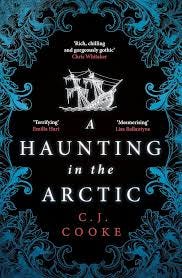
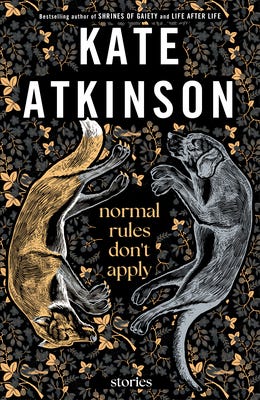
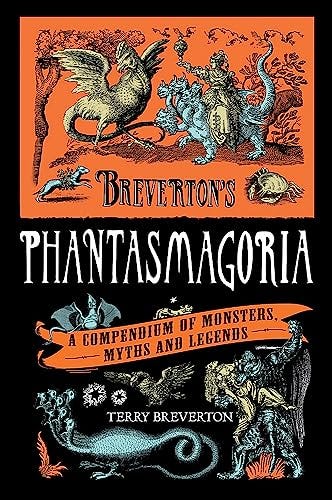
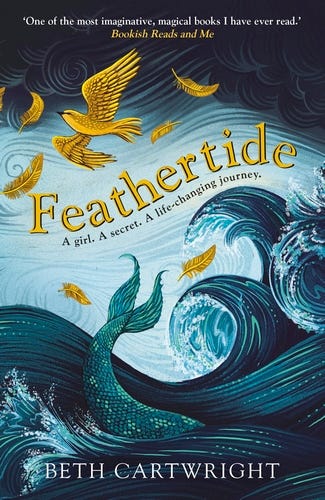
As always you can buy any of above books in all good bookshops. If you would like to buy a copy online, please consider visiting my page on Bookshop.org where I have gathered some of the books I read and recommend. Here you will find a plethora of myth, legend and folktale.
And don’t forget to support your local library too. See if they have a copy to borrow.






